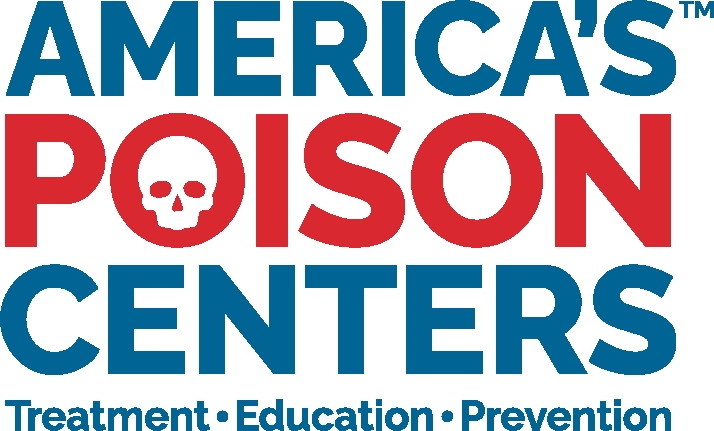TOXICOLOGY QUESTION OF THE WEEK
November 21, 2022
What are the clinical manifestations of turpentine poisoning?
Turpentine oil has been used as an herbal therapy since ancient times. Hippocrates referenced its use for stimulating menstrual flow and reducing nasal congestion. From the 17th century to the 19th century, turpentine was readily used for the management of wounds, respiratory illnesses, dysentery, and parasitic infections. Most people these days use turpentine as a paint remover, but some herbal remedy use persists.
Turpentine is a volatile hydrocarbon that comes from pine trees. Given that it is a hydrocarbon, if aspirated, it will cause respiratory distress from chemical pneumonitis and subsequent pulmonary edema. Depending upon the degree of exposure, it may also cause CNS depression. Turpentine is readily absorbed by the gastrointestinal tract and causes a more rapid onset of lethargy compared to other hydrocarbons. Additionally, there are documented cases of hemorrhagic cystitis caused by turpentine ingestions.
As little as 15ml can be fatal to a child although some have survived ingestion as great as 2-3 ounces. The average fatal dose for adults is 4-6 ounces.
Timely evaluation of the airway, breathing, circulation, and disability is needed for all hydrocarbon exposures. A focused history on the type of hydrocarbon, the amount and primary route of exposure, and symptoms should be obtained. Patients with respiratory symptoms should undergo chest x-ray and venous blood gas. Laboratory evaluation should be performed to evaluate for liver and kidney injury. Given the risk of rapid decompensation, prompt discussion with your local poison control center can aid in how best to manage hydrocarbon exposures.
References:
Tormoehlen LM, Tekulve KJ, Nañagas KA. Hydrocarbon toxicity: A review. Clin Toxicol (Phila) 2014; 52:479.
Klein FA, Hackler RH. Hemorrhagic cystitis associated with turpentine ingestion. Urology. 1980 Aug;16(2):187. doi: 10.1016/0090-4295(80)90080-1. PMID: 7404916.
Barceloux, D.G. (2008). Turpentine and Pine Oil (Pinus Species). In Medical Toxicology of Natural Substances, D.G. Barceloux (Ed.). https://doi.org/10.1002/9780470330319.ch104
Question prepared by Barron Frazier, MD. Assistant Professor of Pediatrics, Division of Pediatric Emergency Medicine; Monroe Carell Jr. Children's Hospital at Vanderbilt
Comment: Dr. Saralyn Williams notes that the literature regarding the dosage causing morbidity and mortality is quite old. My thoughts -the question- Does HC aspiration cause morbidity or does the absorbed HC cause end-organ damage (primarily lung and liver). Animal experiments revealed the answer which now seems self-evident-aspiration was the culprit. The viscosity of some HC is such that simply placing HC on the tongue results in aspiration. When administered intravenously, the first sinusoidal system exposed to the HC demonstrates toxicity. Most HC exposures are in toddlers and require aspiration evaluation. Radiographic changes on the CXR may lag behind the clinical picture. It is always good to be reminded of the more unusual but important cases.
****AND this is our first Question from a Volunteer!!! Thank you, Dr. Frazier. Please submit more. (Hopefully some of the rest of you will follow his example). 🙂 - ds
I am interested in any questions you would like addressed in the Question of the Week. Please email me with any suggestions at donna.seger@vumc.org.
DONNA SEGER, MD
Professor Emeritus
Department of Medicine
VUMC
TENNESSEE POISON CENTER
24/7 Free Medical Hotline
POISON HELP: 800.222.1222
